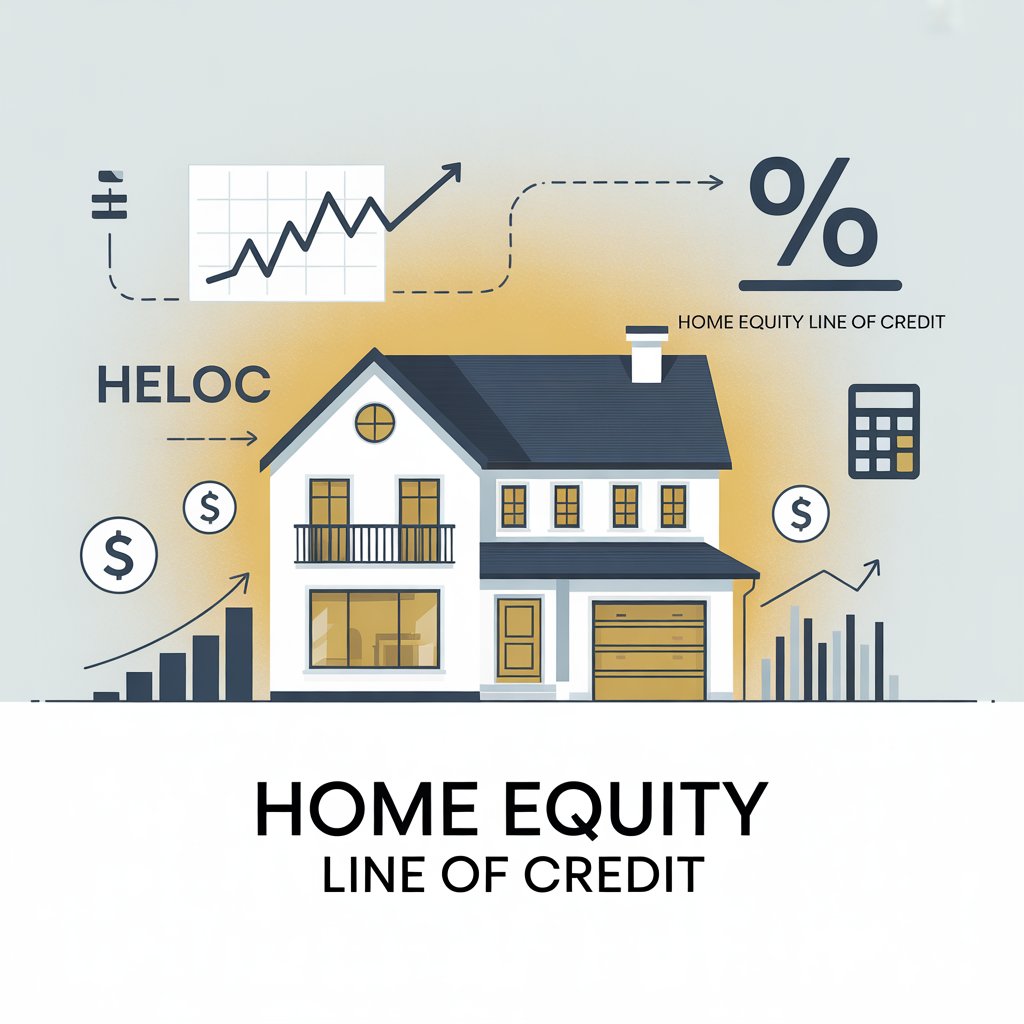The Savvy Retiree Digest
Archives
Understanding Home Equity Lines of Credit (HELOCs) for Seniors
SIGN UP FOR OUR NEWSLETTER
Understanding Home Equity Lines of Credit (HELOCs) for Seniors |
A Comprehensive Guide to HELOCs: Benefits, Risks, and Considerations for Older Homeowners |
A Home Equity Line of Credit (HELOC) is a financial tool that allows homeowners to borrow against the equity they've built in their property.
For seniors, this can be a valuable resource to supplement retirement income, fund home improvements, or cover unexpected expenses.
Understanding how a HELOC works and its implications is crucial before deciding to proceed.
What is Home Equity?
Home equity represents the portion of your home that you own outright.
It's calculated by subtracting any outstanding mortgage balance from your home's current market value.
For example, if your home is valued at $300,000 and you owe $100,000 on your mortgage, your equity is $200,000.
How Does a HELOC Work?
A HELOC functions similarly to a credit card, providing a revolving line of credit up to a certain limit, based on your home's equity.
It typically consists of two phases:
1. **Draw Period**: This initial phase, often lasting 5 to 10 years, allows you to borrow funds as needed.
During this time, you may be required to make interest-only payments on the amount borrowed.
2. **Repayment Period**: Following the draw period, the repayment phase begins, usually lasting 10 to 20 years.
During this time, you can no longer borrow funds and must make payments covering both principal and interest.
Benefits of a HELOC for Seniors
1. **Supplemental Income**: A HELOC can provide additional funds to help manage daily expenses, especially for those on fixed incomes.
2. **Home Improvements**: Use the funds to make necessary repairs or modifications, enhancing your home's value and safety.
3. **Debt Consolidation**: Pay off high-interest debts, such as credit card balances, potentially reducing overall interest payments.
4. **Emergency Expenses**: Access funds for unexpected costs like medical bills or urgent home repairs.
Risks and Considerations
1. **Risk of Foreclosure**: Since your home serves as collateral, failure to repay the HELOC could result in foreclosure.
2. **Variable Interest Rates**: Many HELOCs have variable rates, meaning payments can increase if interest rates rise.
3. **Fees and Costs**: Be aware of potential fees, including closing costs, annual fees, and early termination fees.
4. **Impact on Estate**: Borrowing against your home's equity reduces the value of your estate, affecting inheritance plans.
Eligibility Requirements
To qualify for a HELOC, lenders typically consider:
- **Home Equity**: Generally, at least 15-20% equity in your home is required.
- **Credit Score**: A good credit score, often 660 or higher, is preferred.
- **Debt-to-Income Ratio**: A lower ratio indicates better financial health.
- **Income Stability**: Proof of consistent income, such as pensions or Social Security, is necessary.
Recent Developments
Financial institutions are recognizing the unique needs of older homeowners.
For instance, some lenders have introduced HELOC products specifically designed for seniors, offering features like fixed interest rates and flexible repayment terms.
These products aim to provide financial flexibility while allowing seniors to remain in their homes.
Conclusion
A HELOC can be a powerful financial tool for seniors, offering flexibility and access to funds when needed.
However, it's essential to carefully consider the benefits and risks, assess your financial situation, and consult with a financial advisor to determine if a HELOC aligns with your retirement goals and financial needs. |

